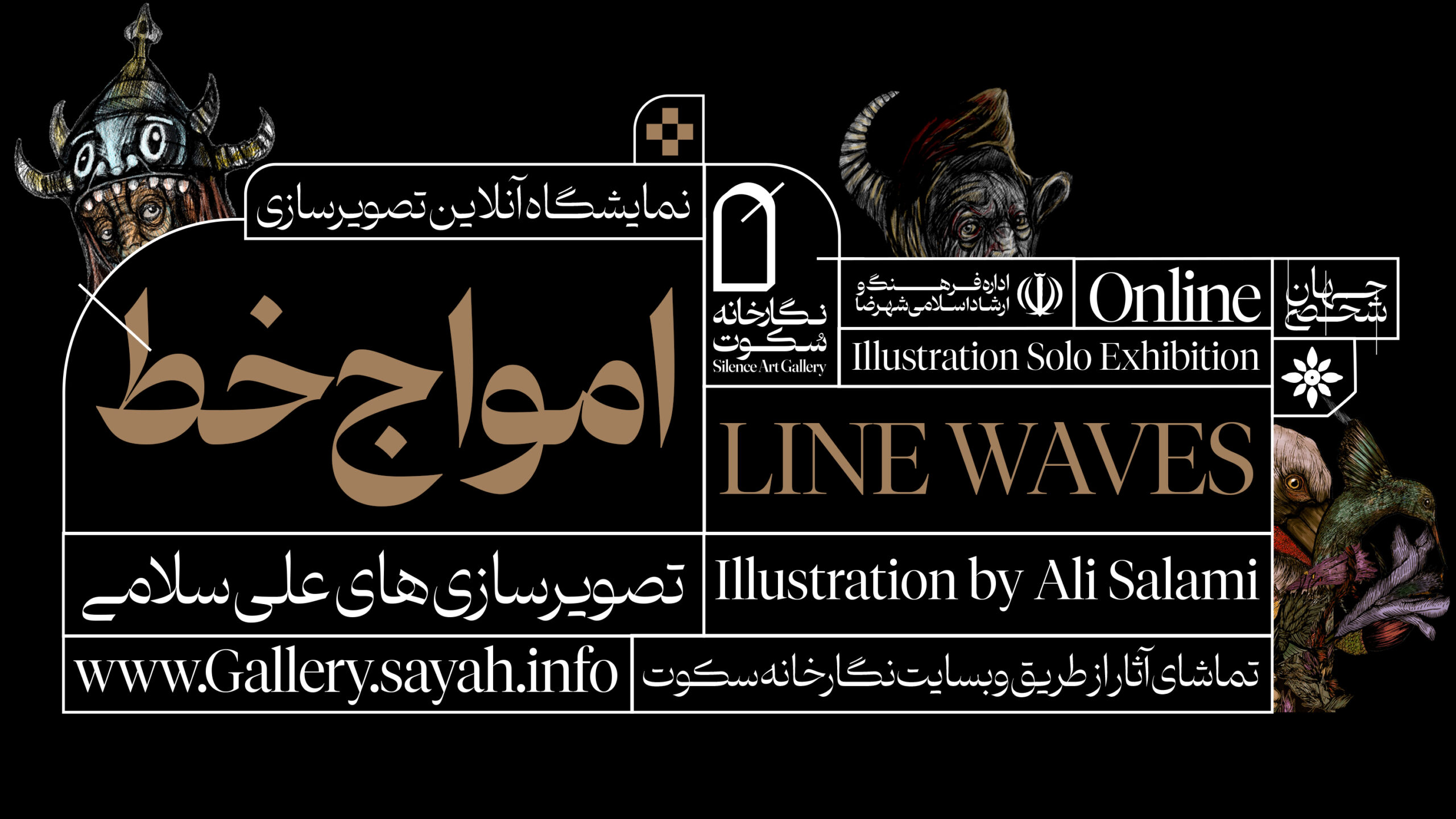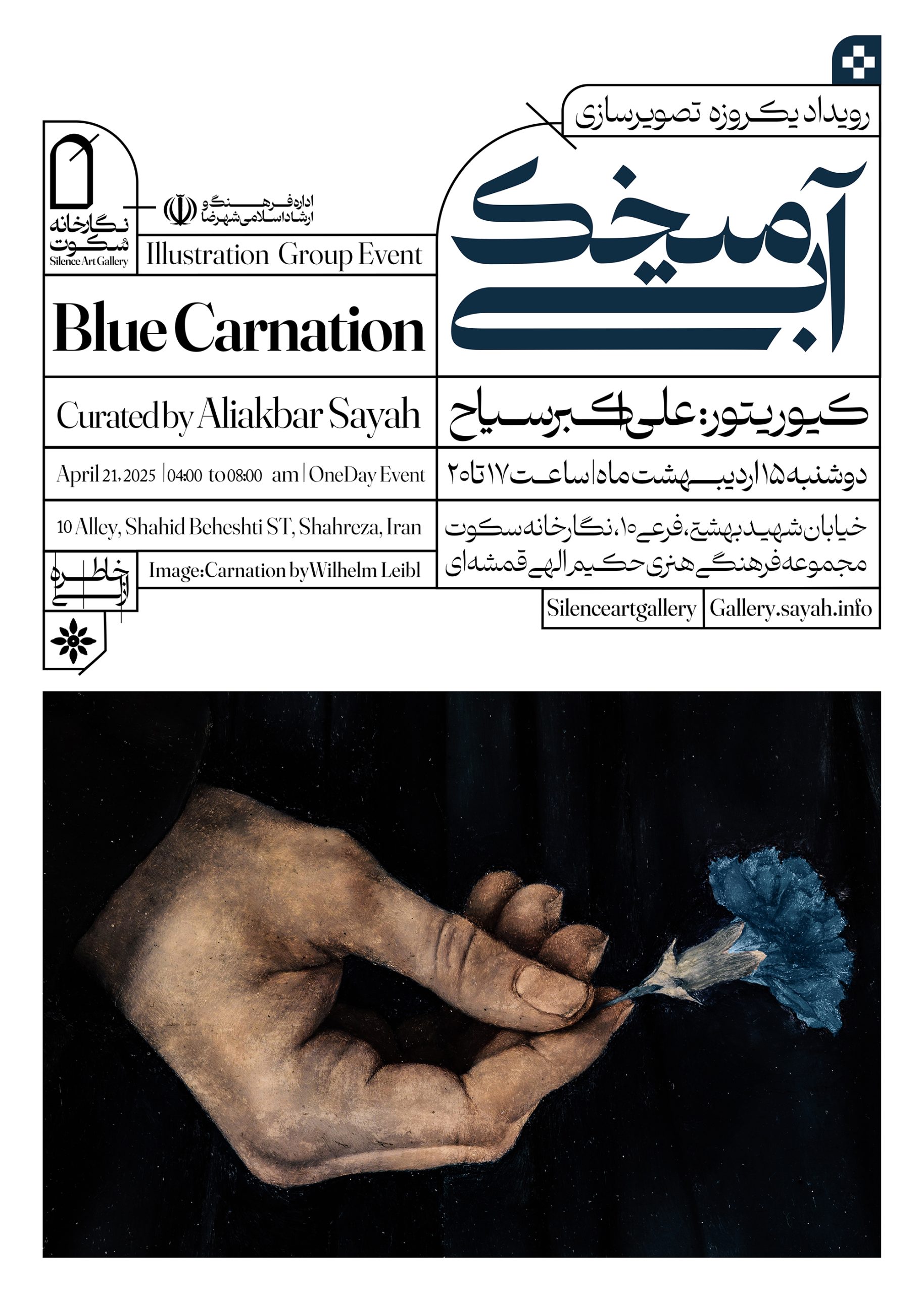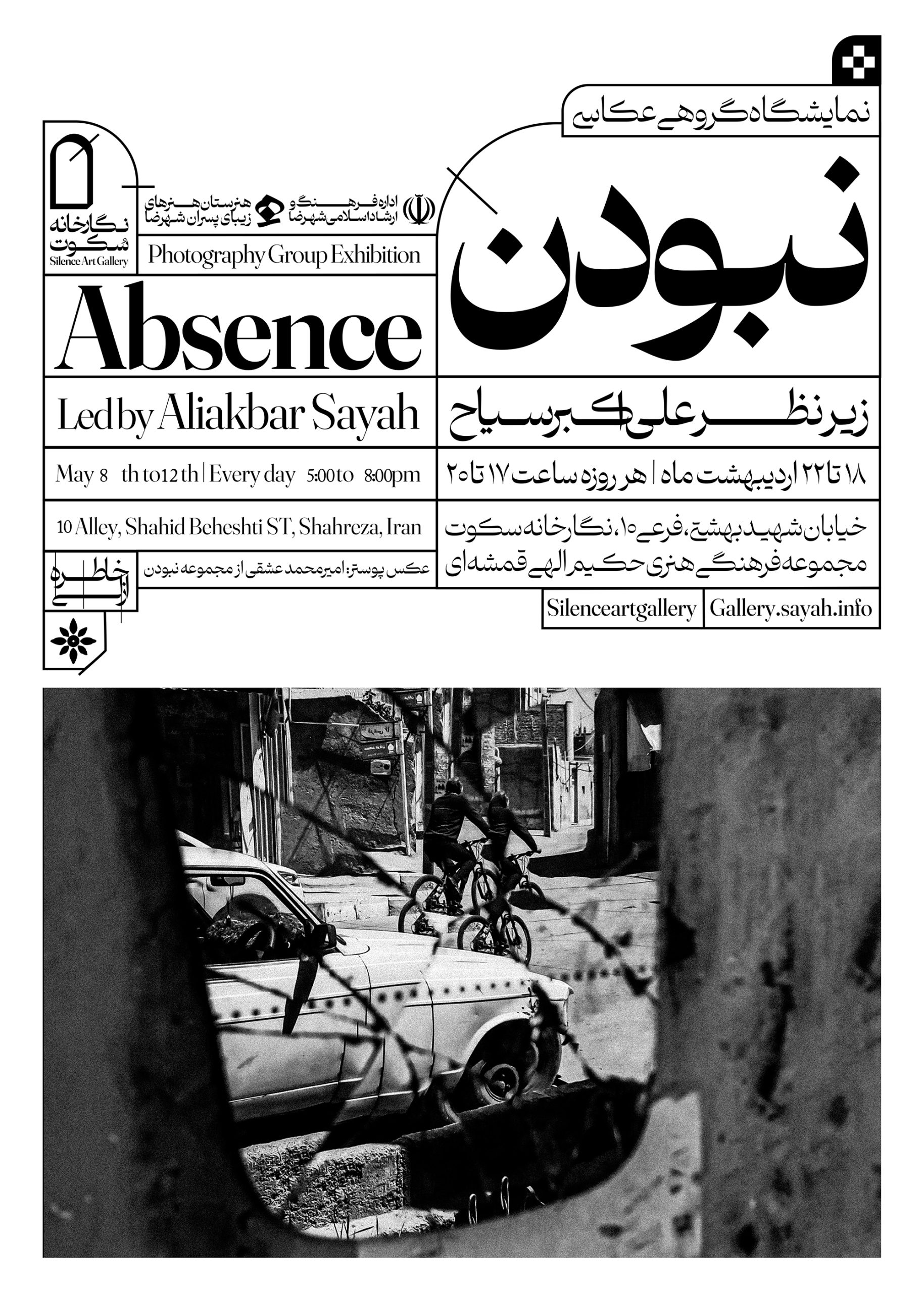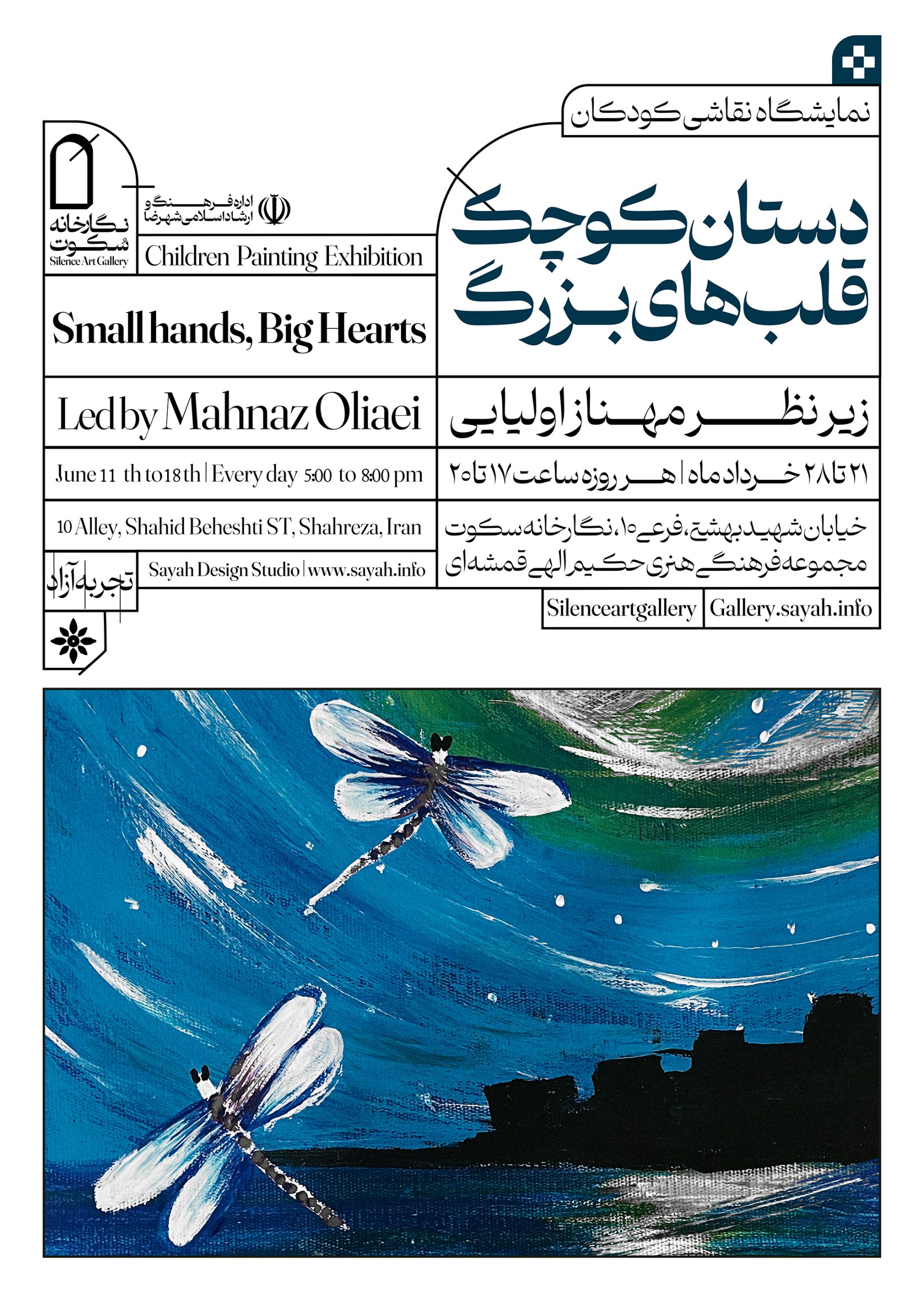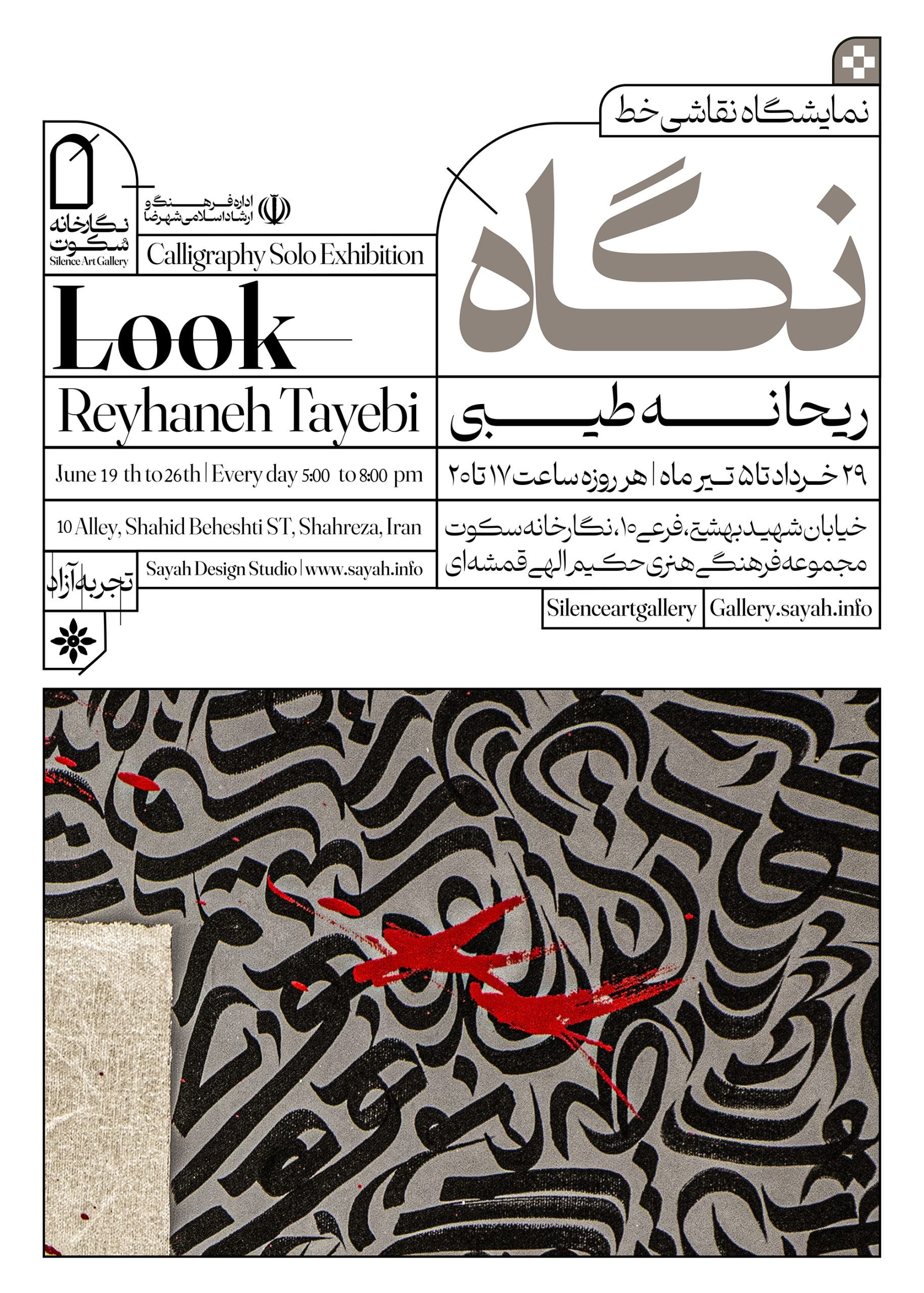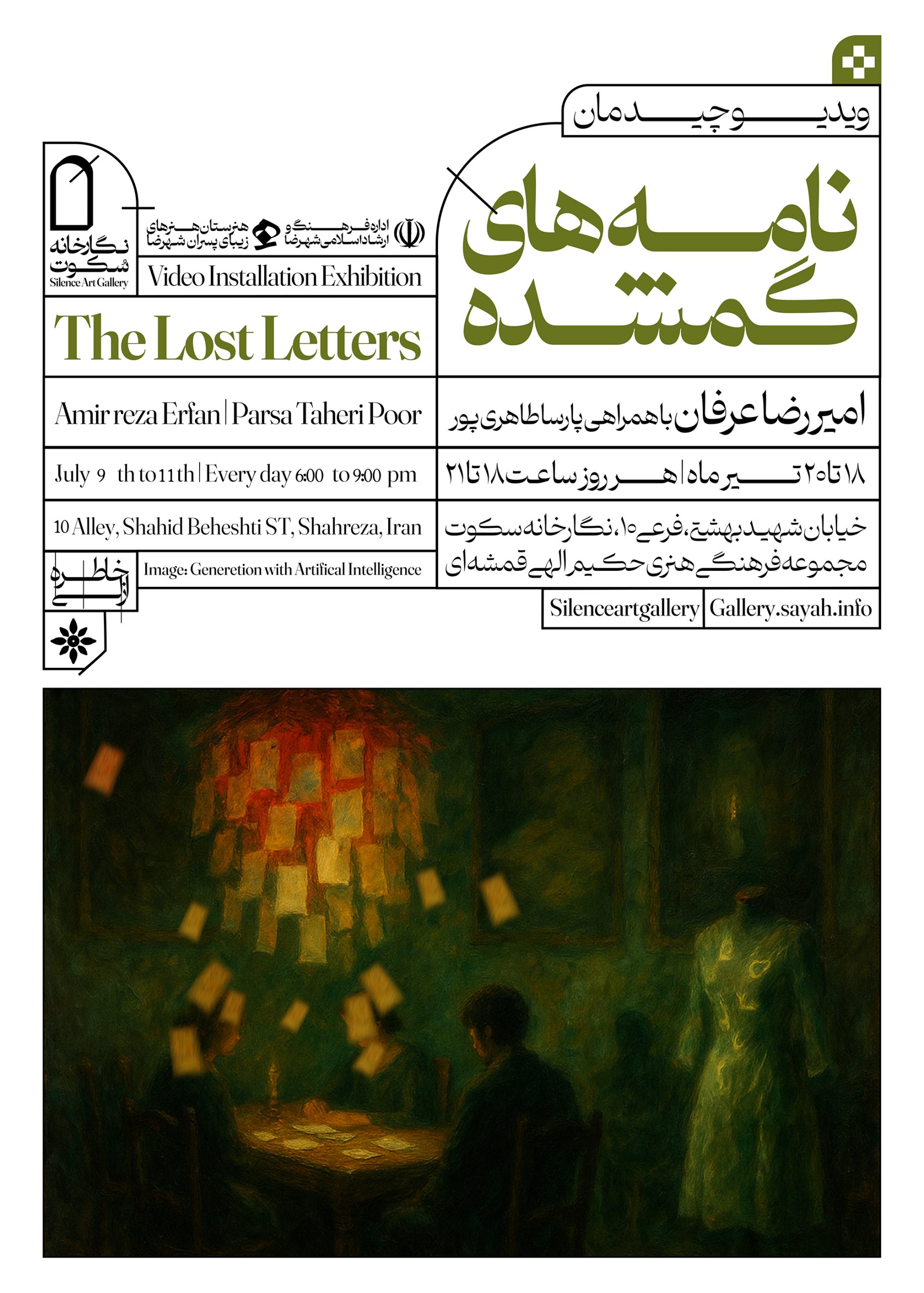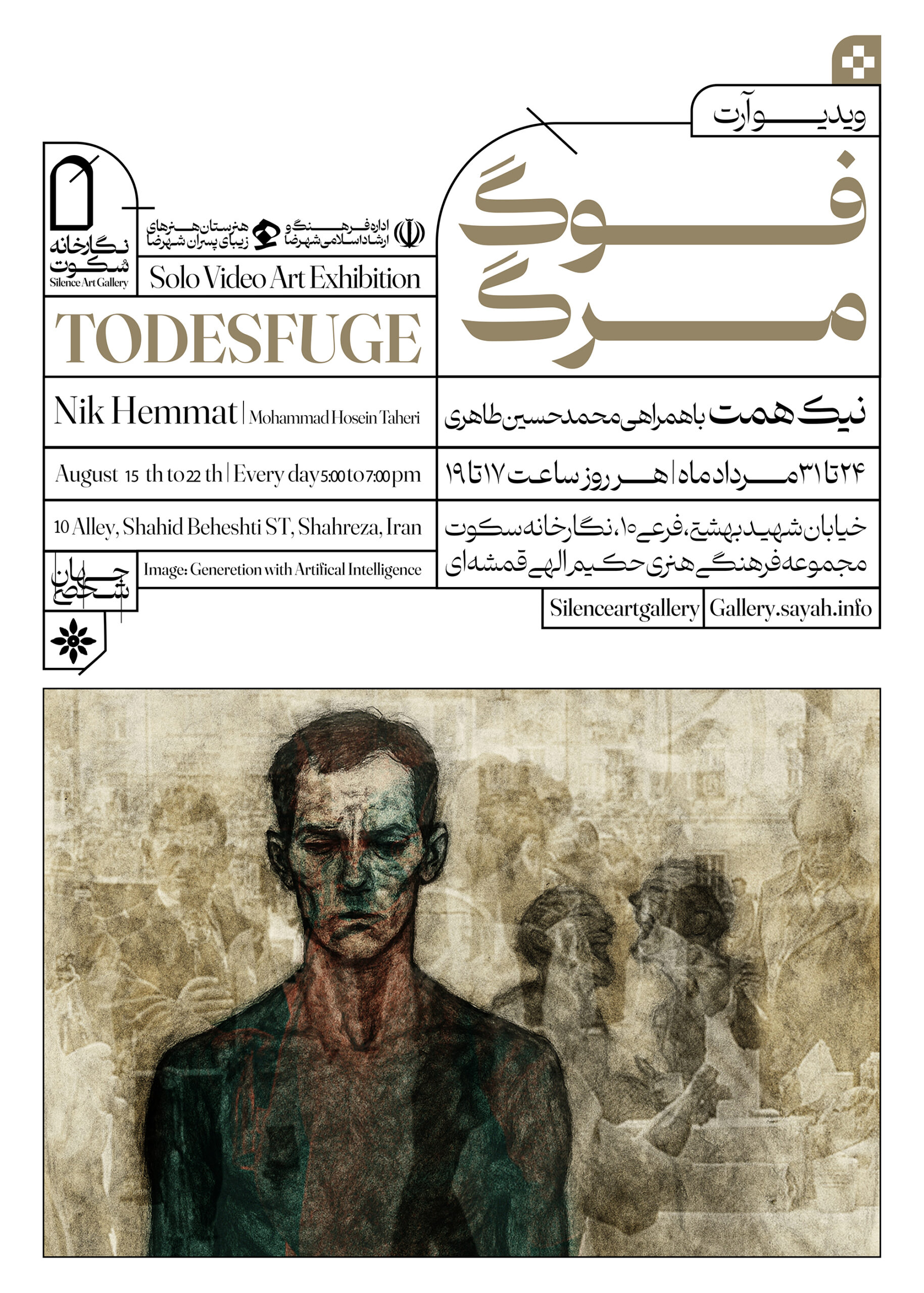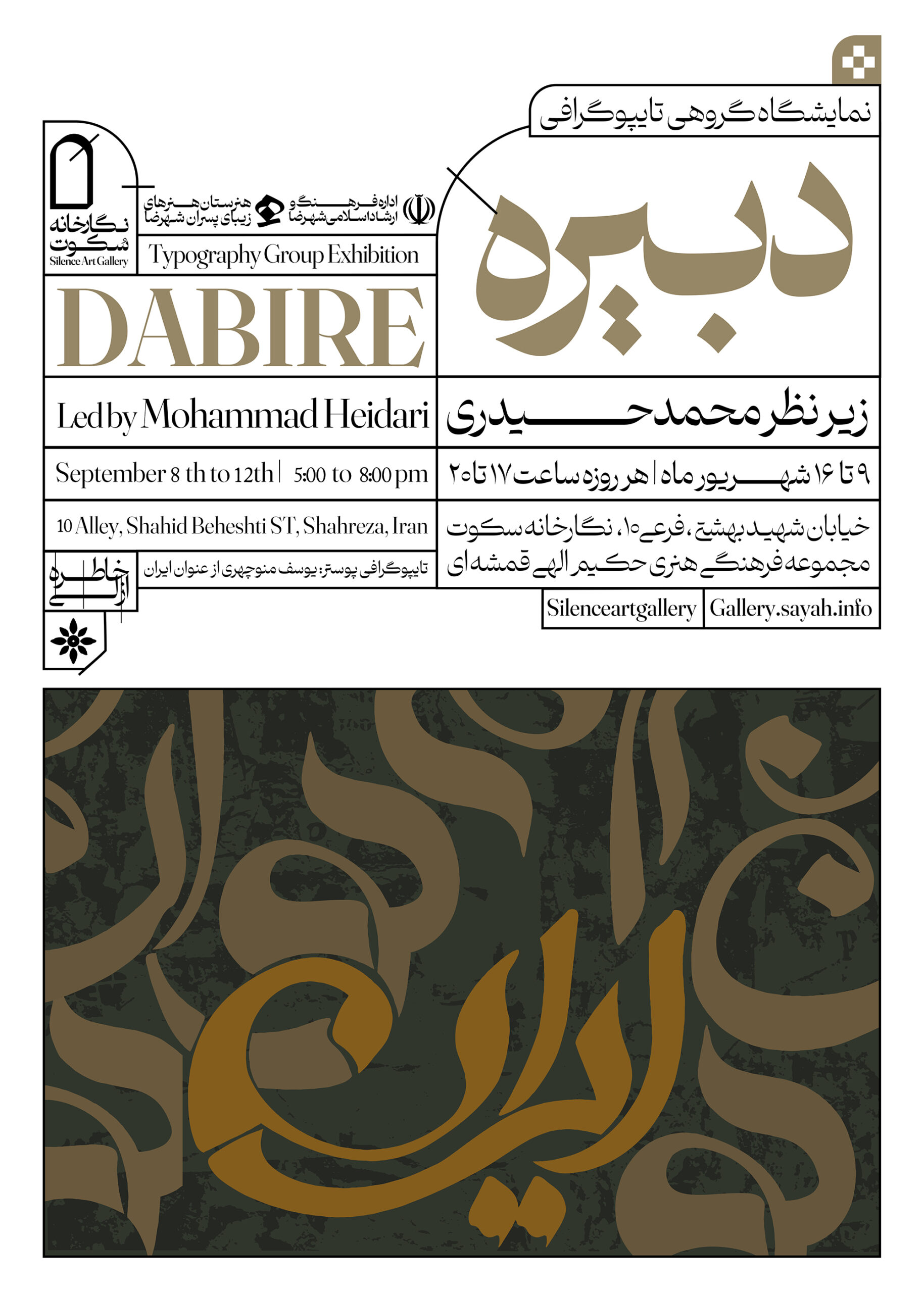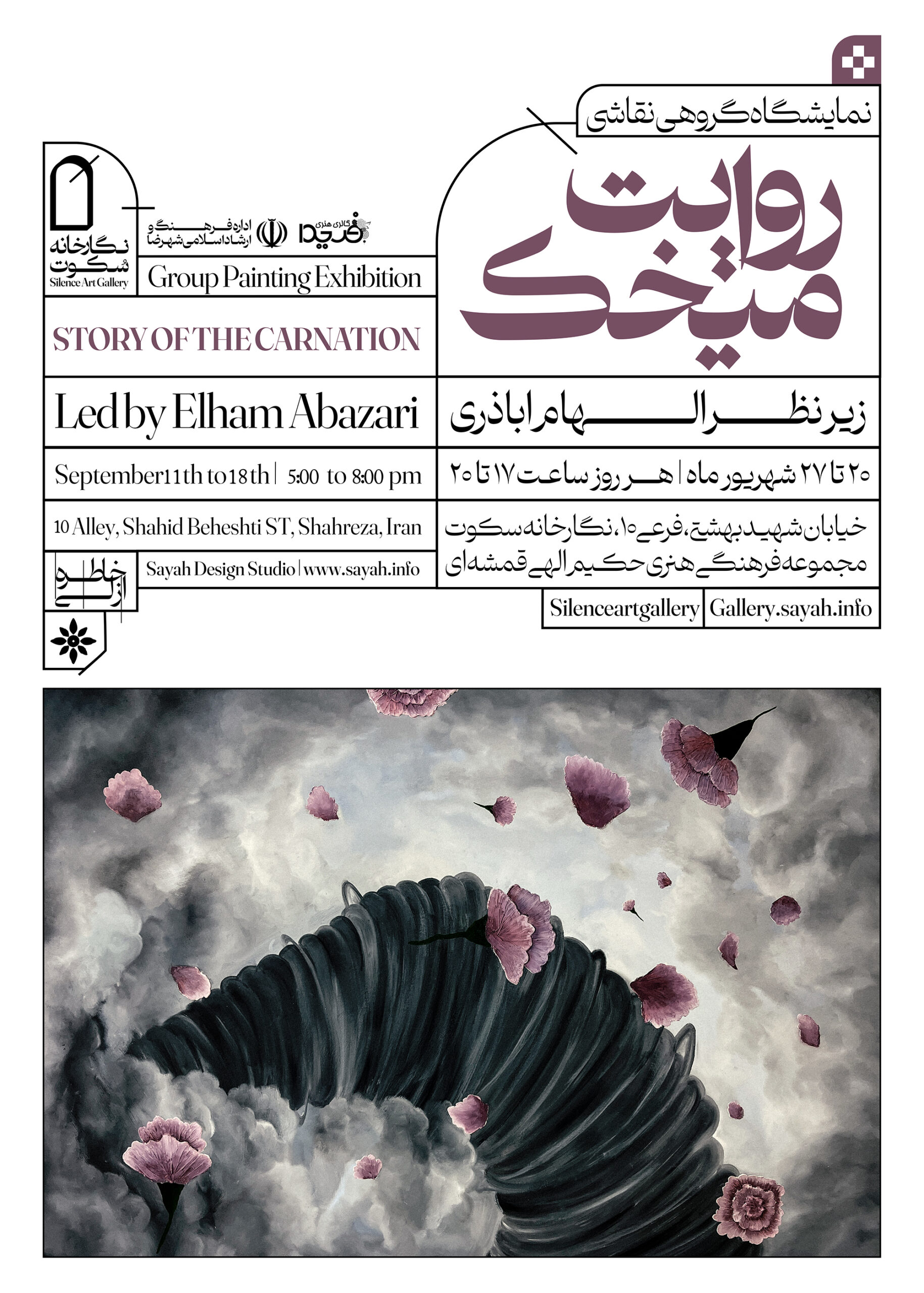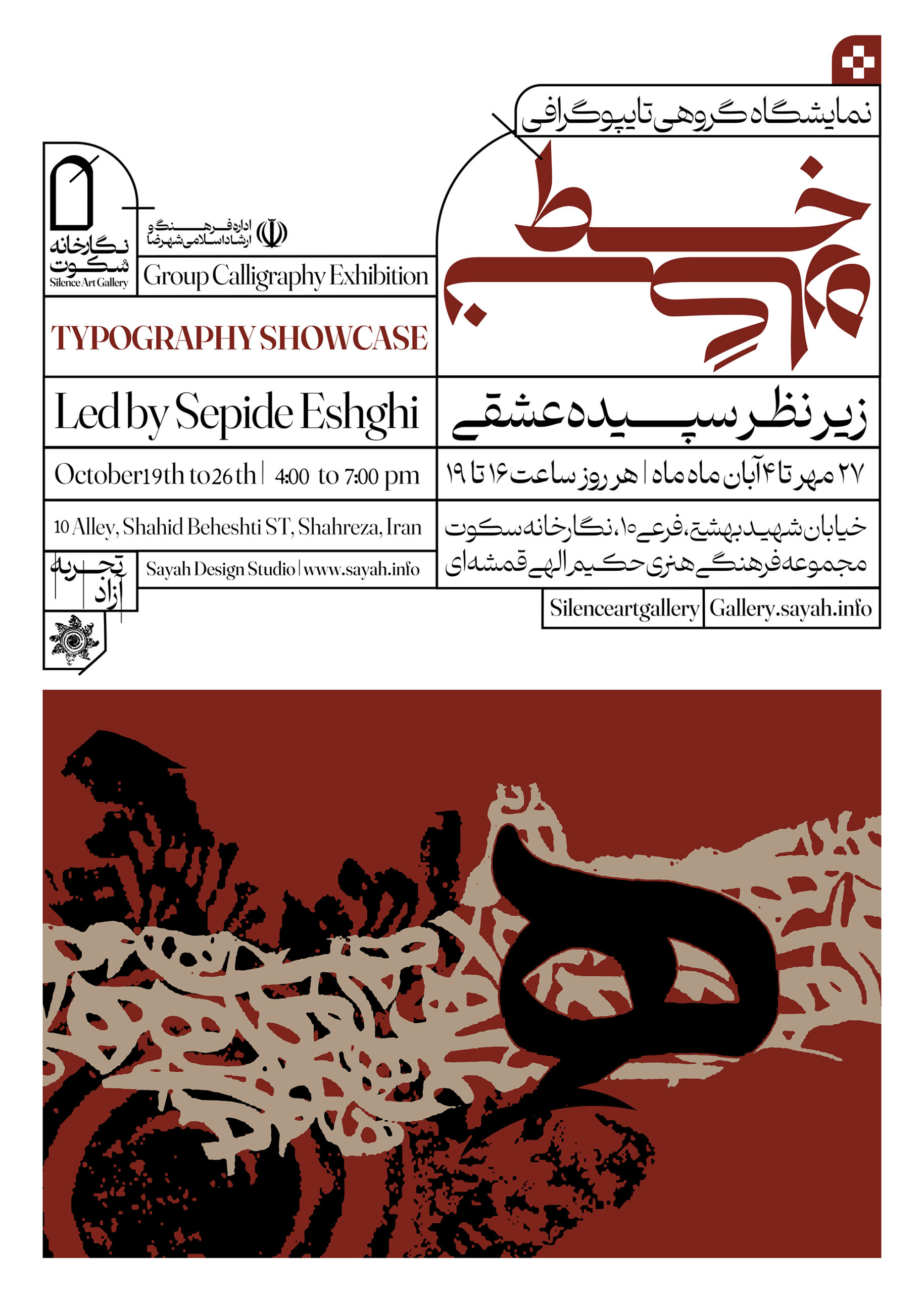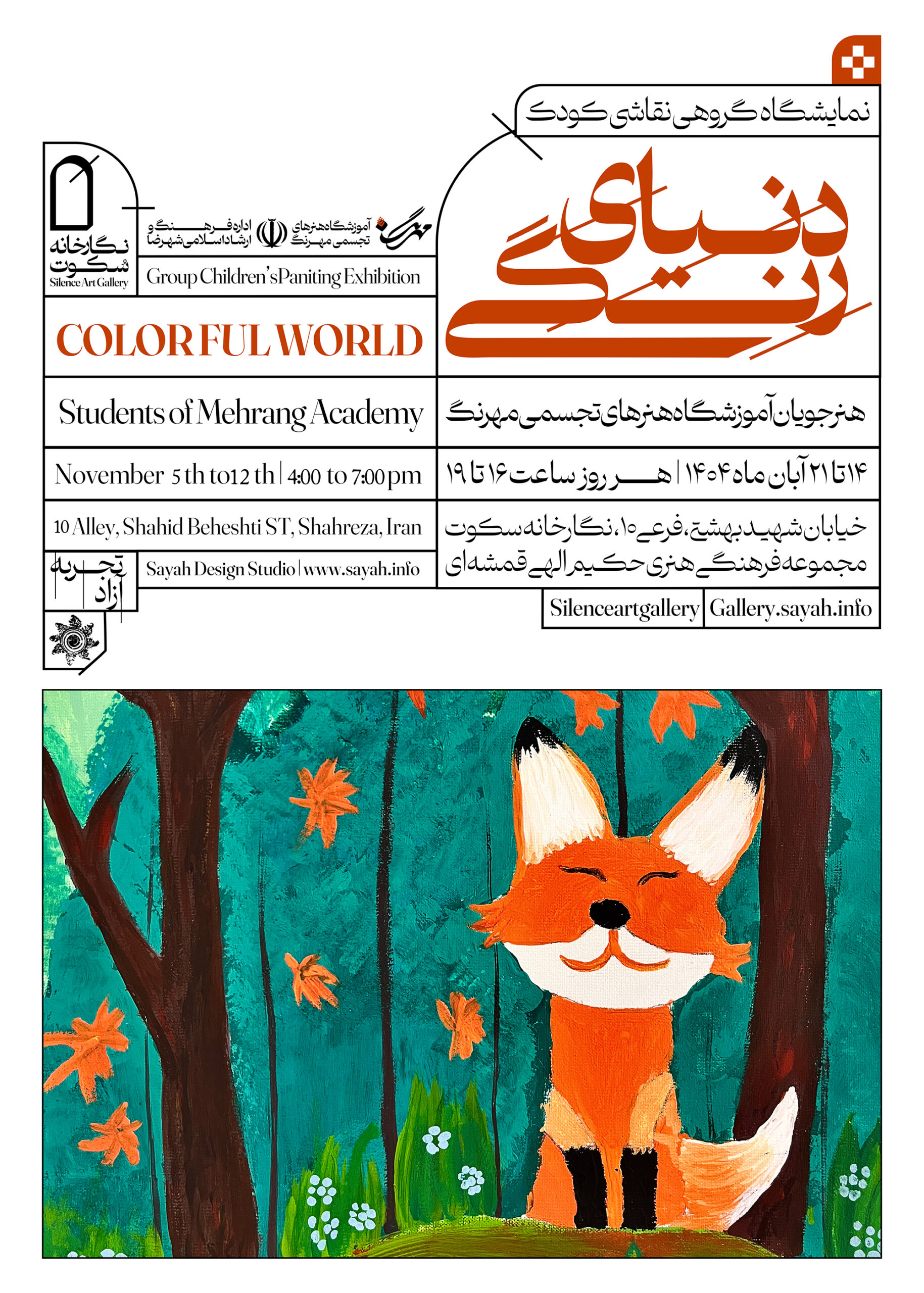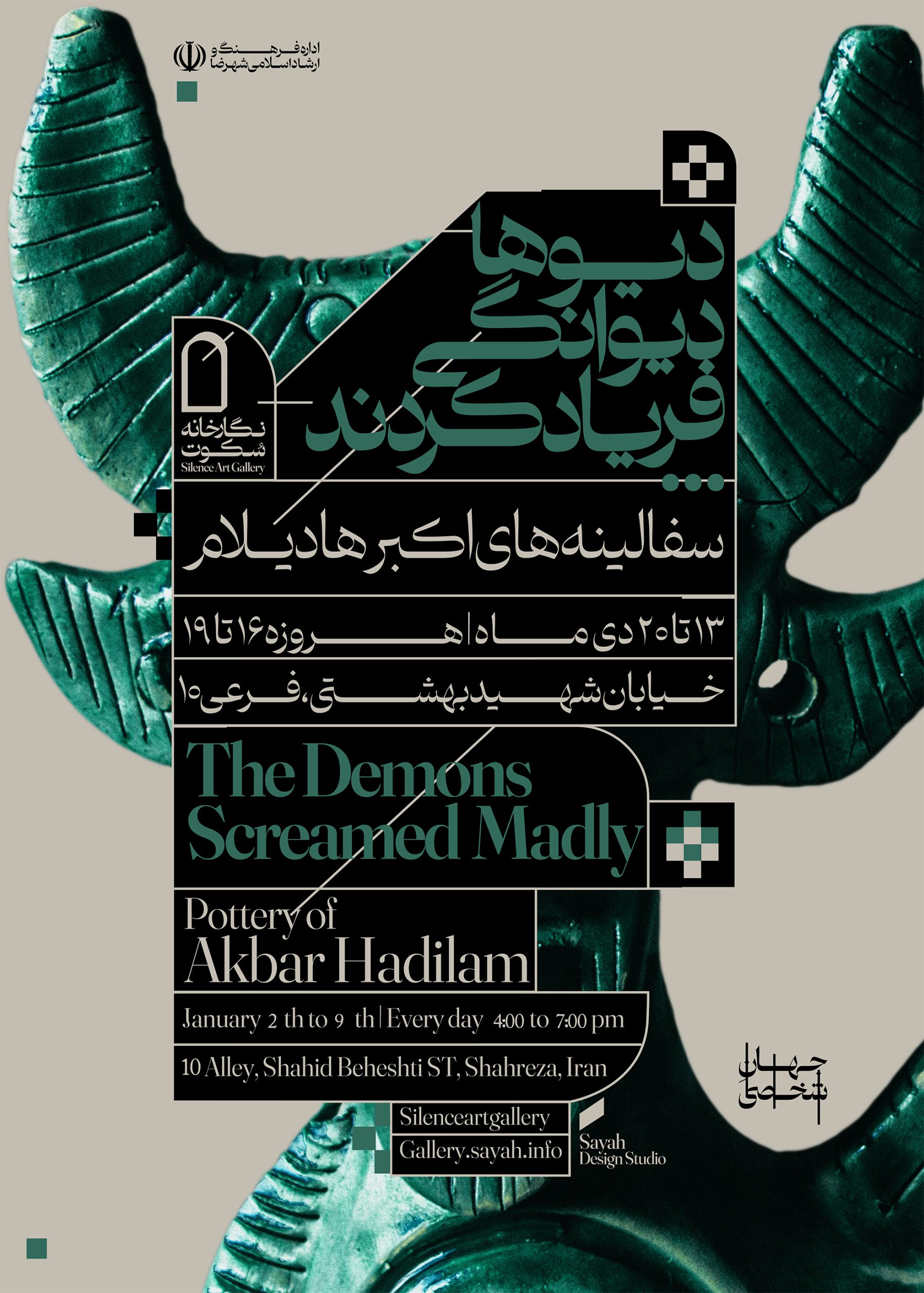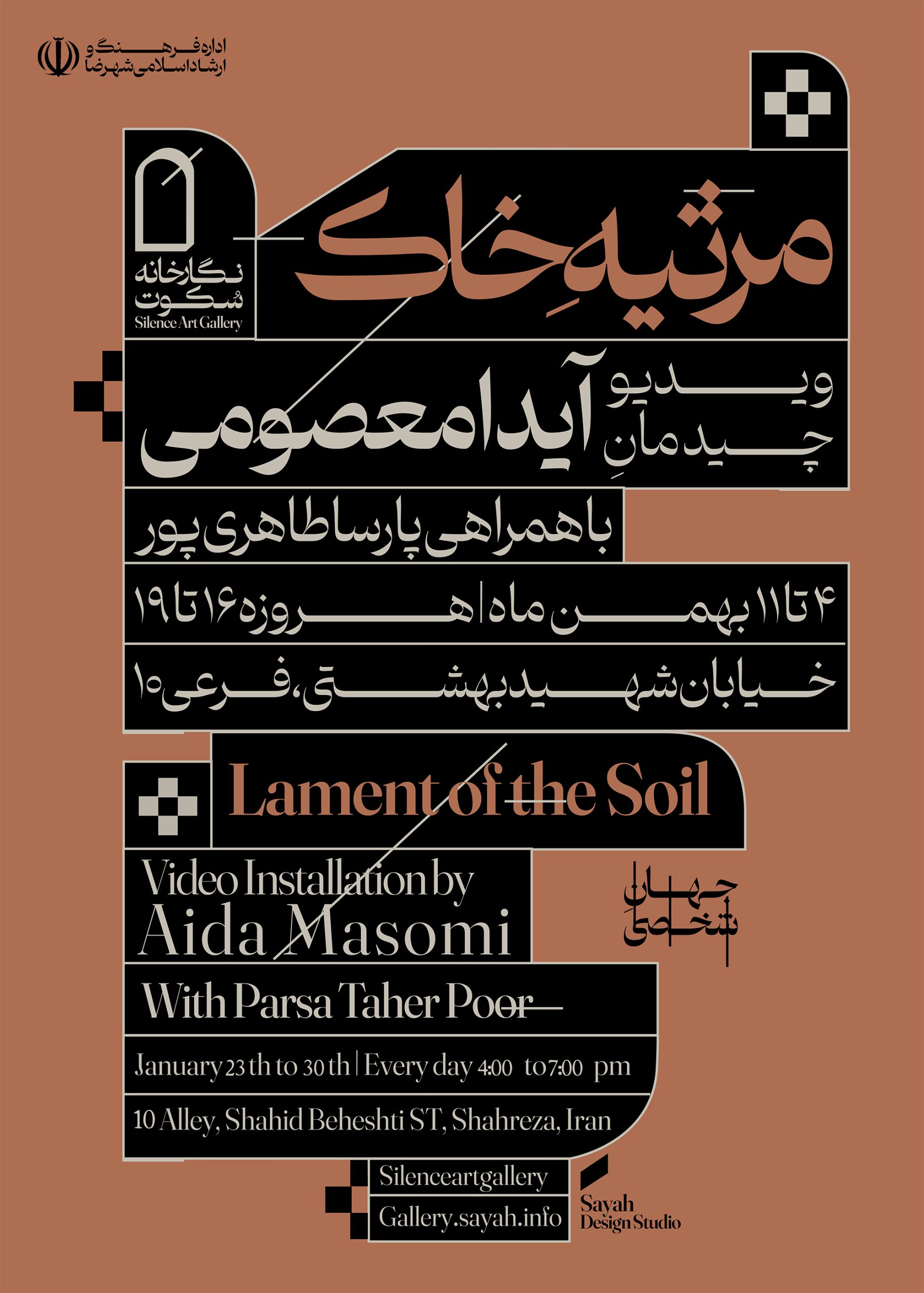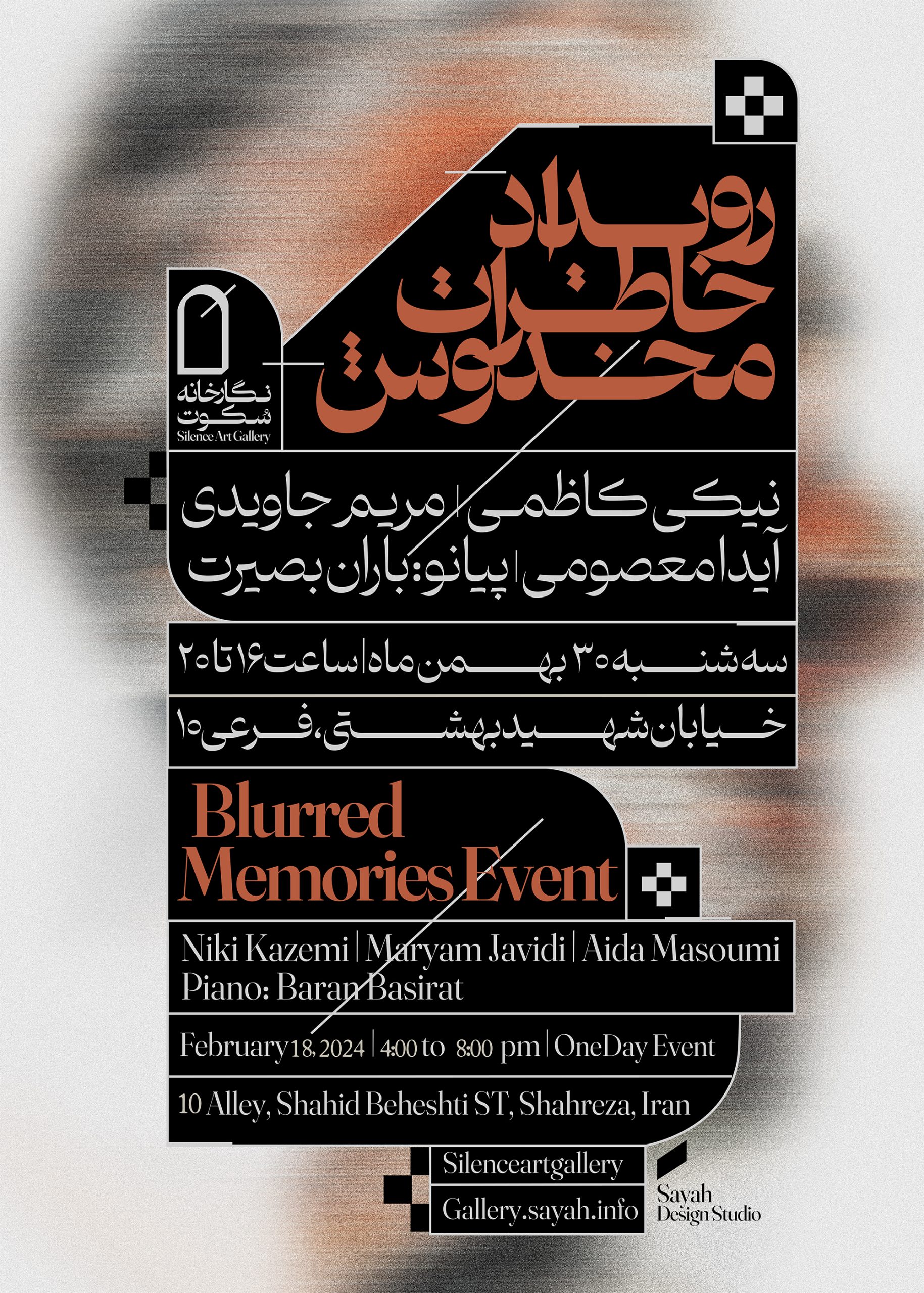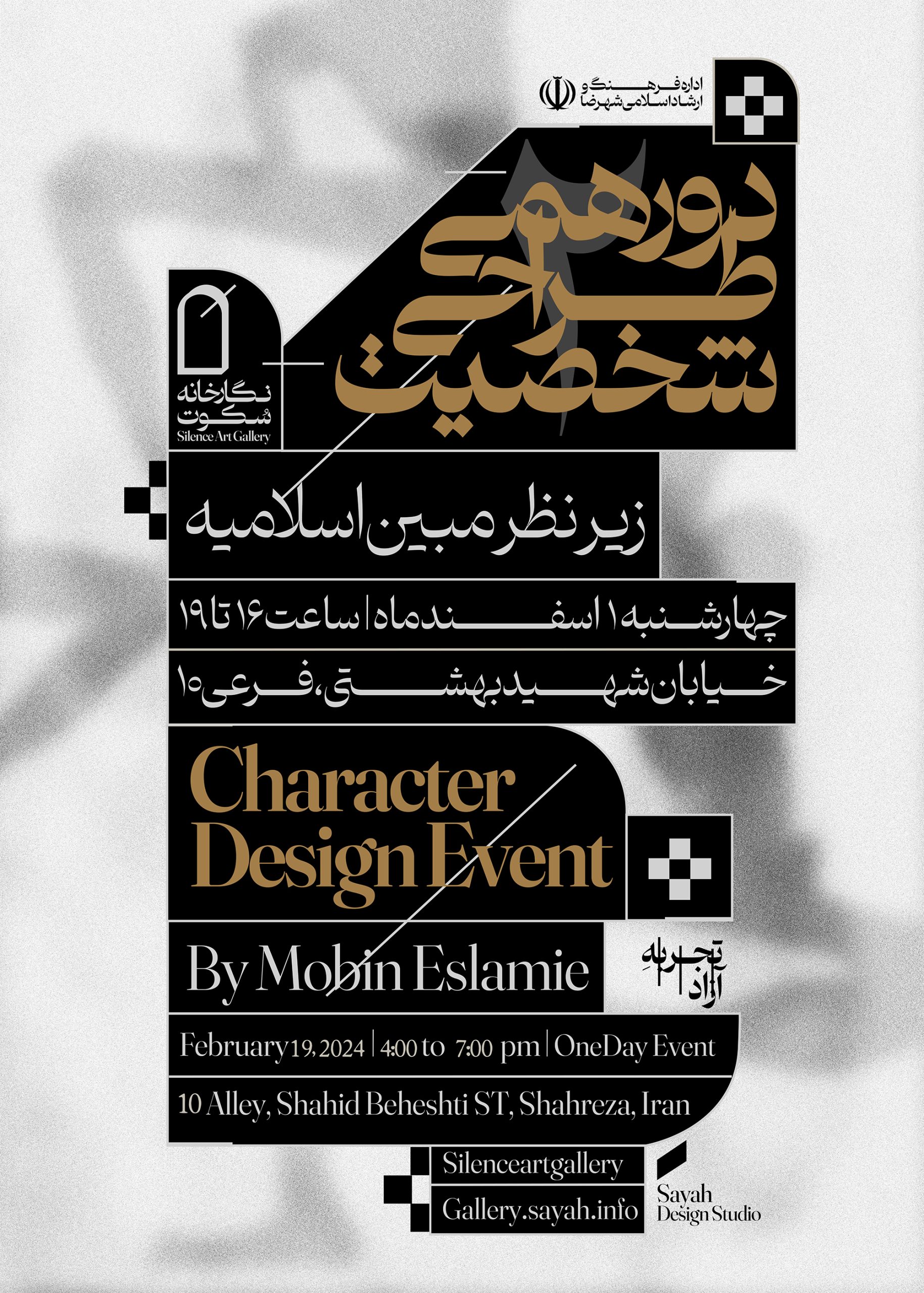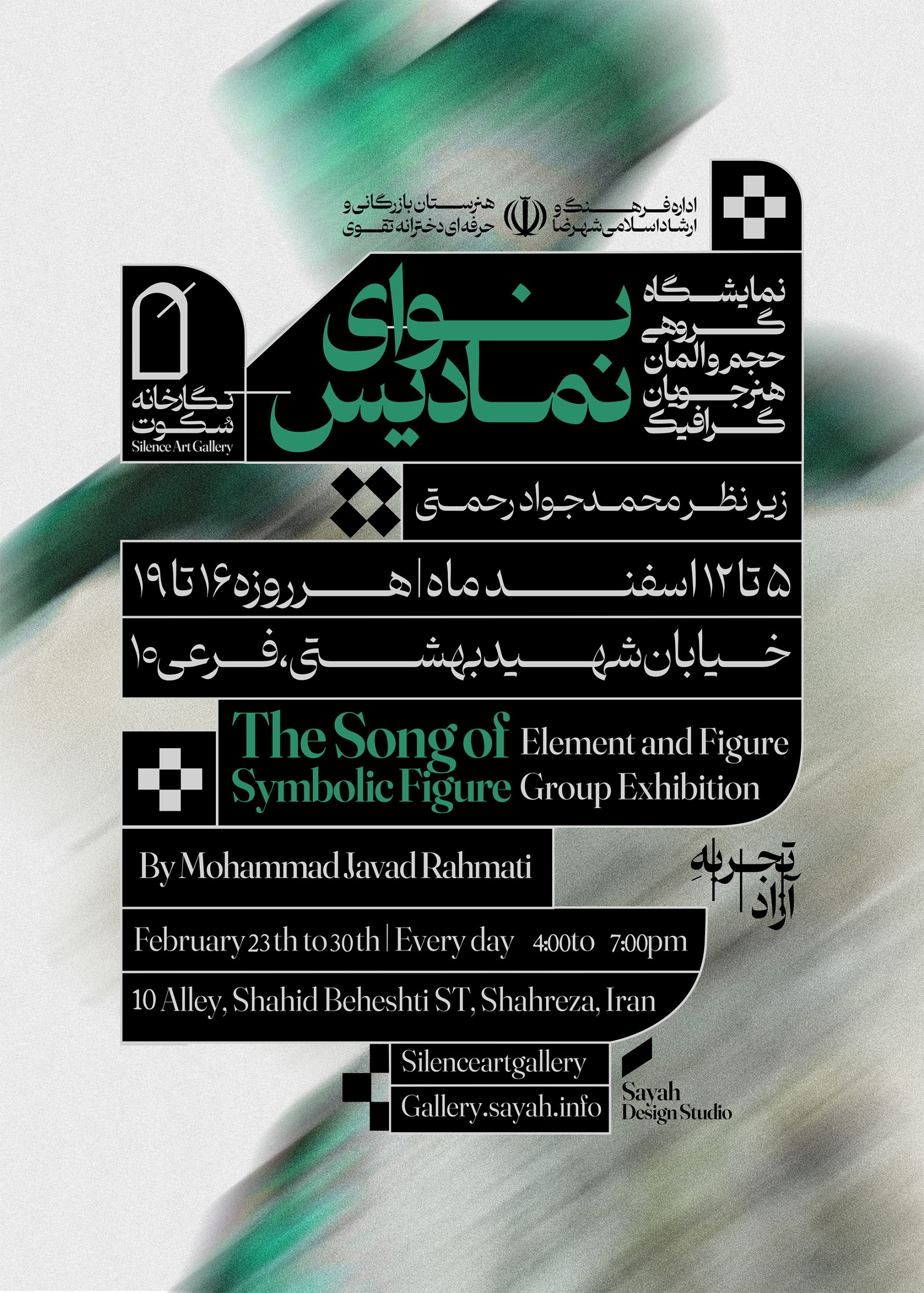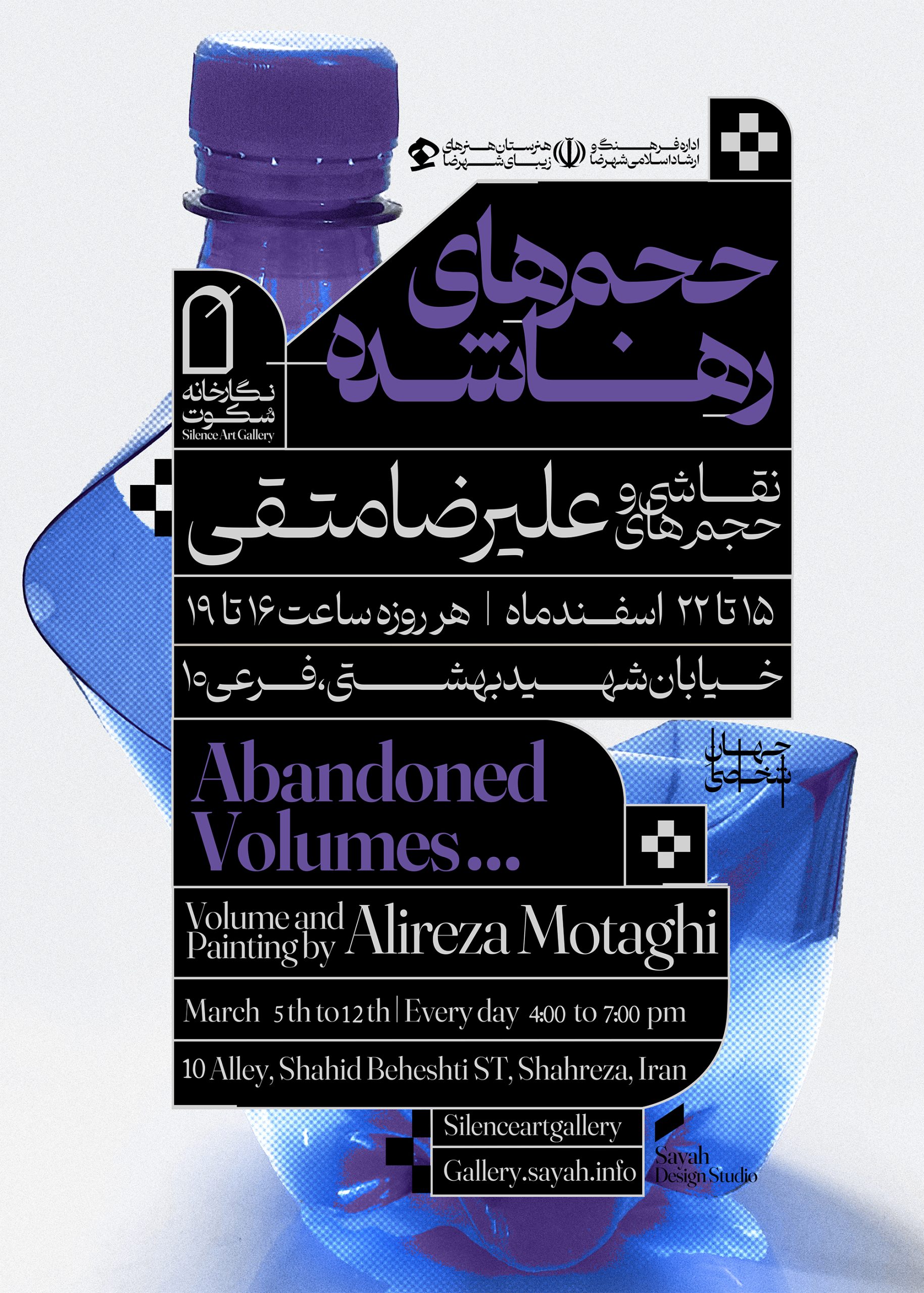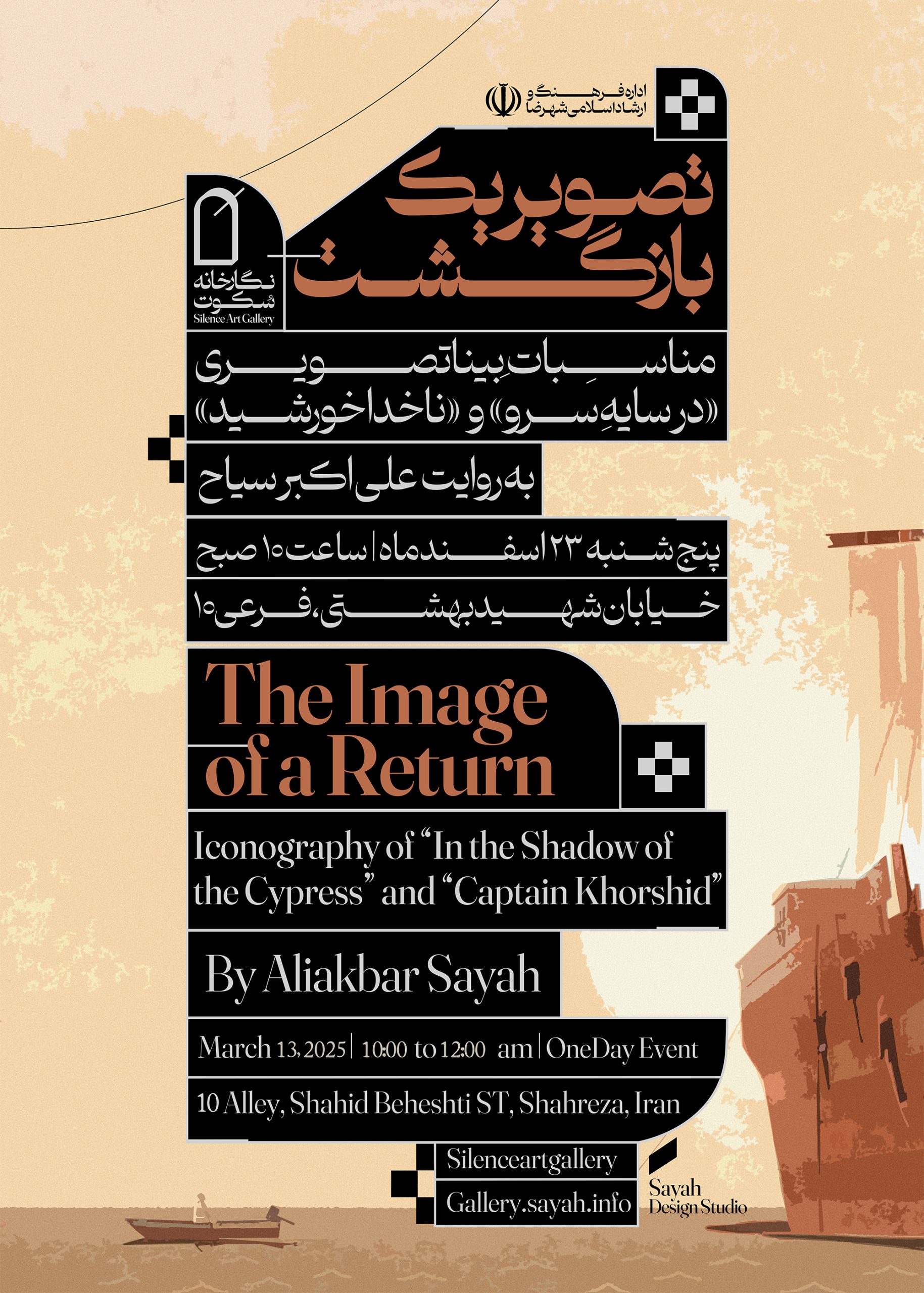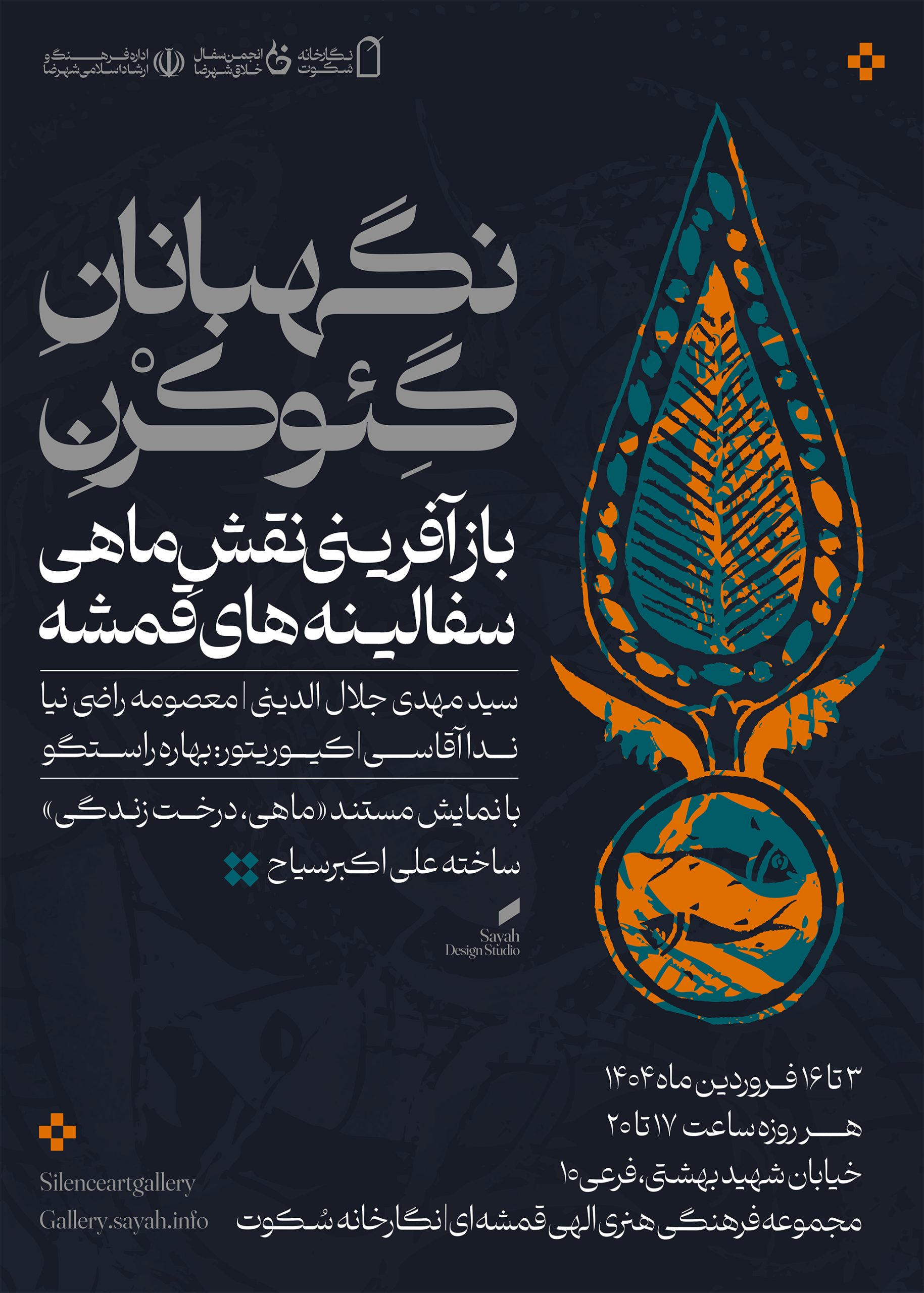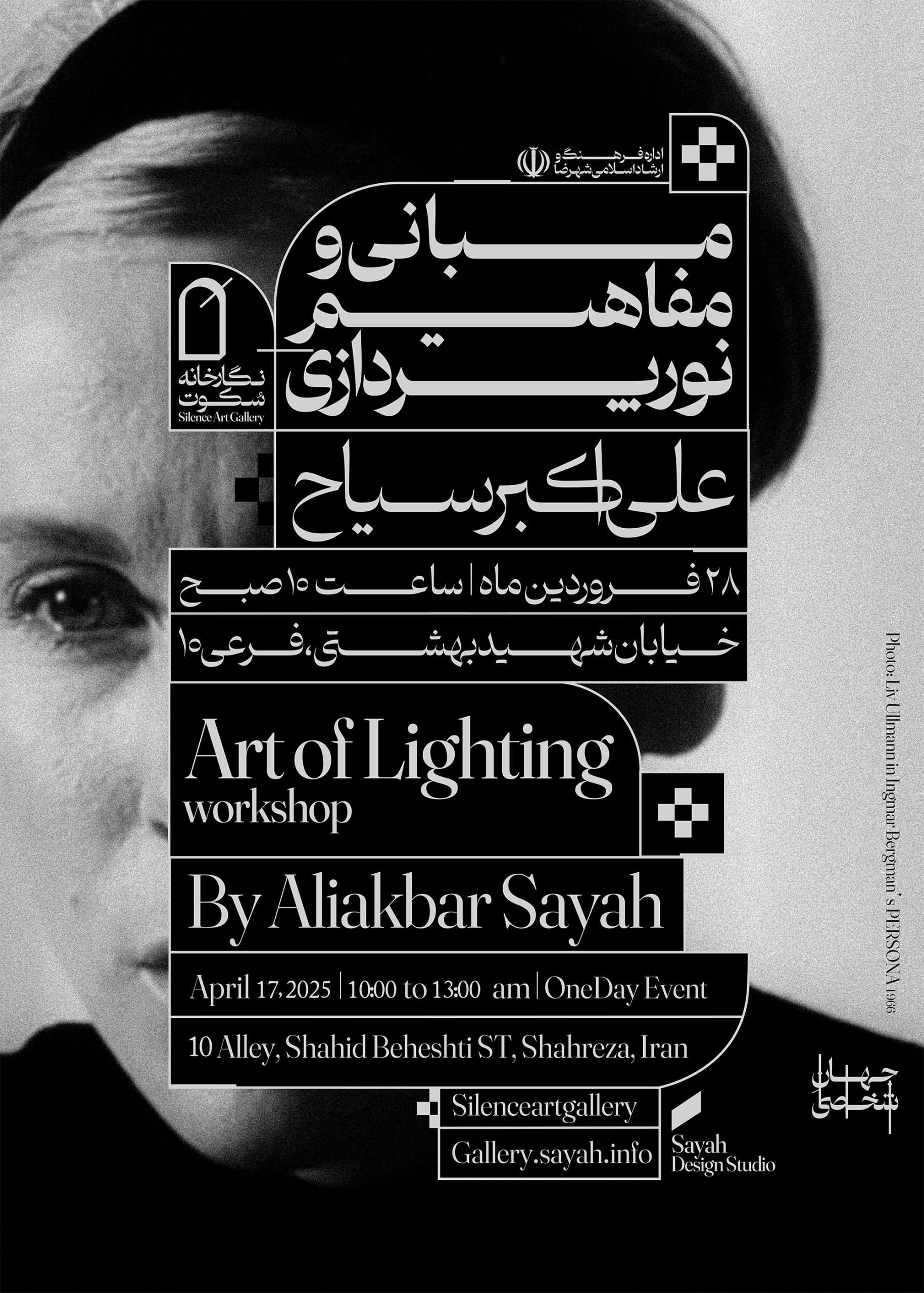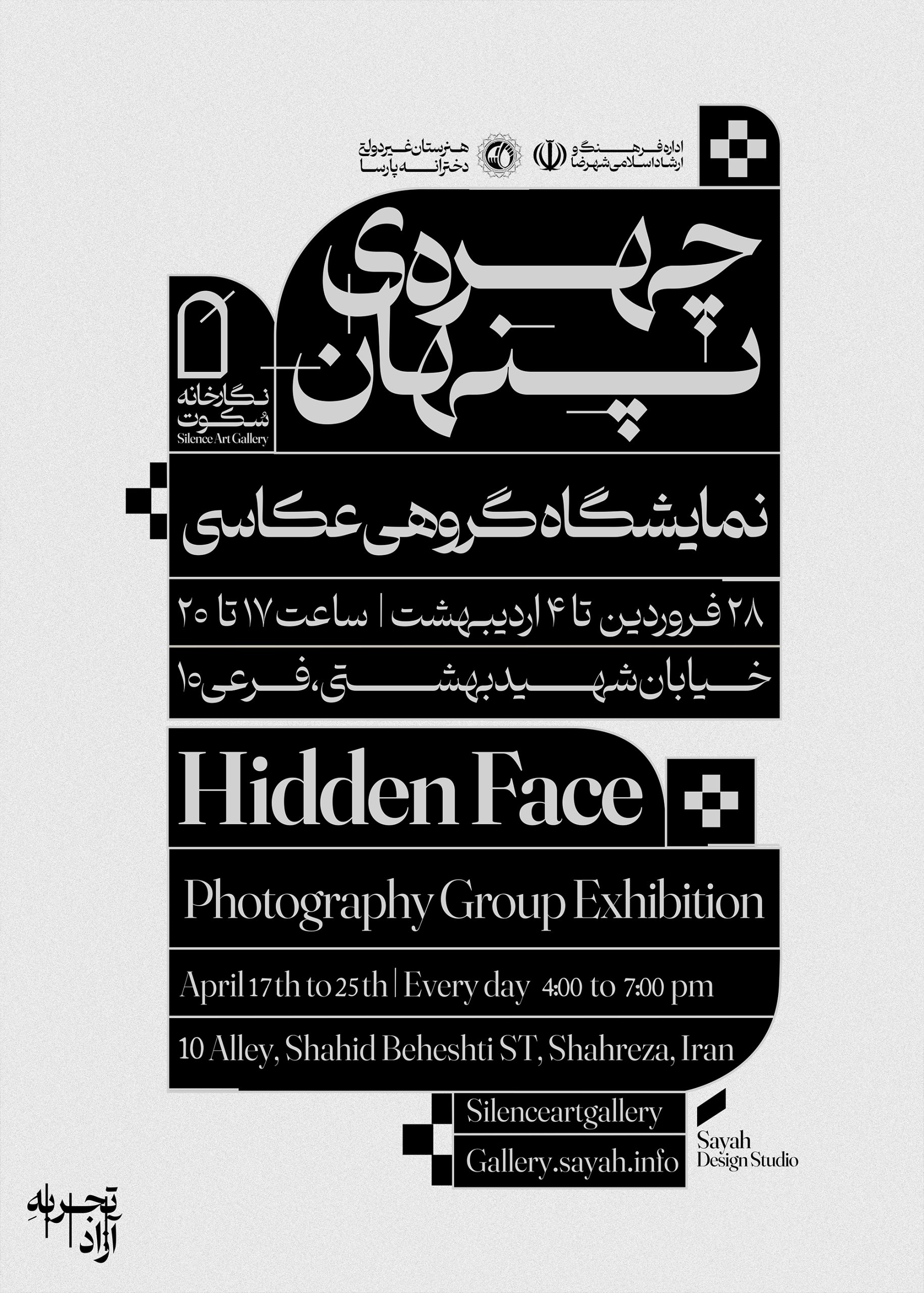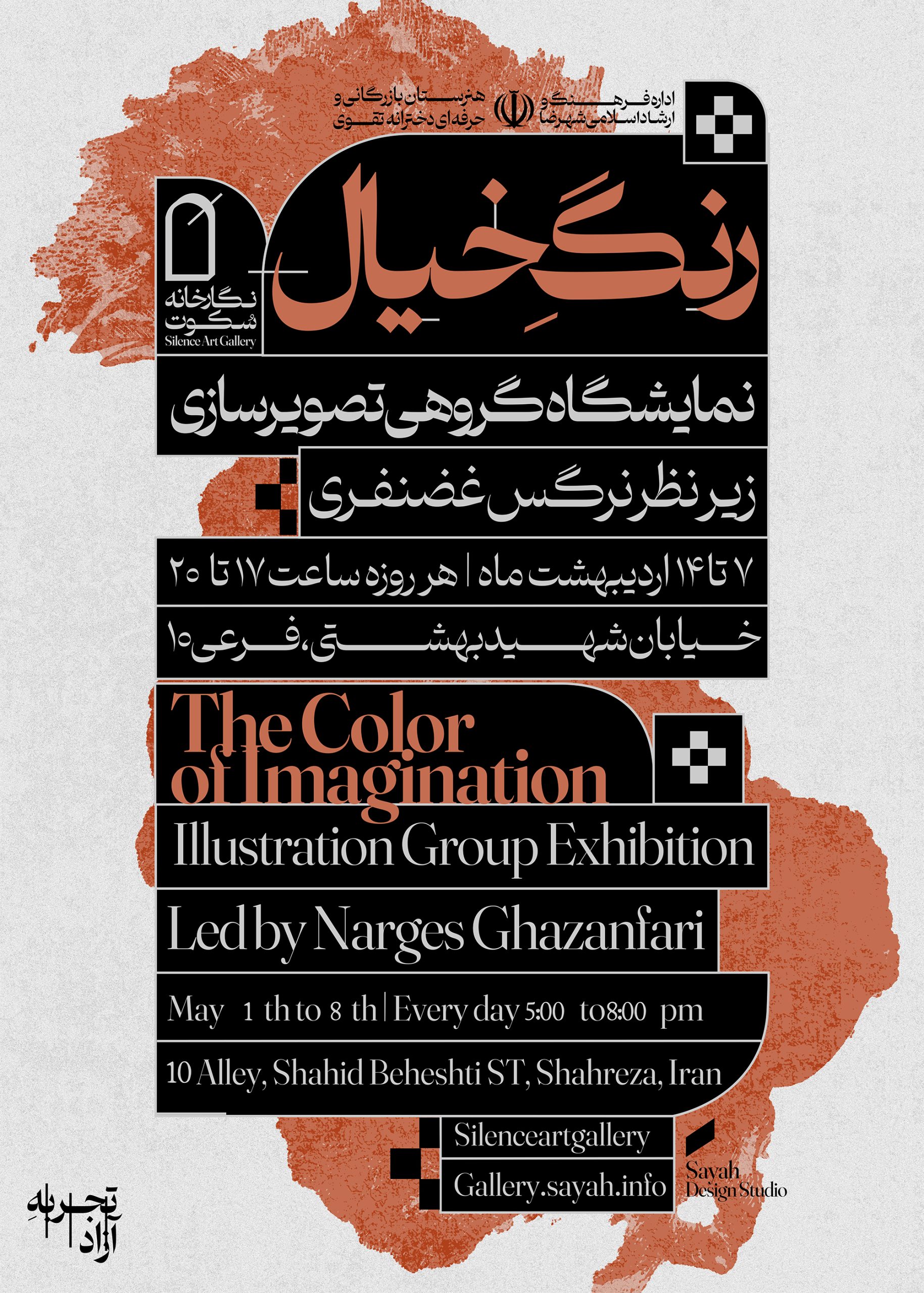| نمایشگاه های نگارخانه سکوت |
ارائه آثار در نگارخانه سکوت تحت سه عنوان صورت می گیرد:
جهانِ شخصی: نمایشگاه های انفرادی
خاطره ازلی: نمایشگاه های گروهی احتصاصی گالری
تجربه آزاد: نمایشگاه های ارائه شده توسط مراکز آموزشی و آزاد.
در نمایشگاه های جهان شخصی و خاطره ازلی، گالری سکوت با سرمایه گذاری و حضور مستقیم در فرآیند شکل گیری مجموعه، ضمن حمایت از هنرمندان و تدوین استراتژی، تلاش می کند تا پیوندی میان هنرهای سنتی و بومی با مدیوم های نوین هنری و با ارائه تصویری از امروز ایجاد کند. گالری با ایجاد انسجام در برگزاری نمایشگاه، مهمترین چشم انداز خود مبنی بر جستجوی هویت امروز و بازیابی منابع کهن فرهنگی، انسان شناسی و همچنین فرهنگ دیداری اقلیم خود را دنبال می کند.
«نگهبانان گئوکرن» نخستین تجربه در مجموعه های اختصاصی نگارخانه سکوت بود که به بازآفرینی نقش چهارهزارساله افسانه ماهیان درخت زندگی در سفال بومی قمشه می پرداخت. این مجموعه تلفیق نقش ماهی چرخان با دیگر اقلیم ها و فرهنگهای ایران از جمله هرمزگان، کردستان، اصفهان بود که توسط پژوهشگران و سفالگران شهرضا تولید و نوروز 1404 به نمایش درآمد.
| Silence Gallery Exhibition |
The works presented at the Silence Gallery are organized under three headings:
Personal World: Solo Exhibitions
Eternal Memory: Group Exhibitions of the Gallery
Free Experience: Exhibitions presented by educational and independent centers.
In the Personal World and Eternal Memory exhibitions, the gallery, by investing and directly participating in the process of forming the collection, while supporting the artists and developing the strategy, tries to create a link between traditional and indigenous arts with new artistic mediums and by presenting an image of today. By creating coherence in holding the exhibition, the gallery pursues its most important vision of searching for today's identity and recovering ancient cultural, anthropological and visual culture of its region.
"Guardians of Geokern" was the first experience in the gallery's exclusive collections, which recreated the four-thousand-year-old legend of the fish of the Tree of Life in the native pottery of Qomsheh. This collection was a combination of the spinning fish motif with other regions and cultures of Iran, including Hormozgan, Kurdistan, and Isfahan, which was produced by researchers and potters in Shahreza Toled and exhibited on Nowruz 1404.

